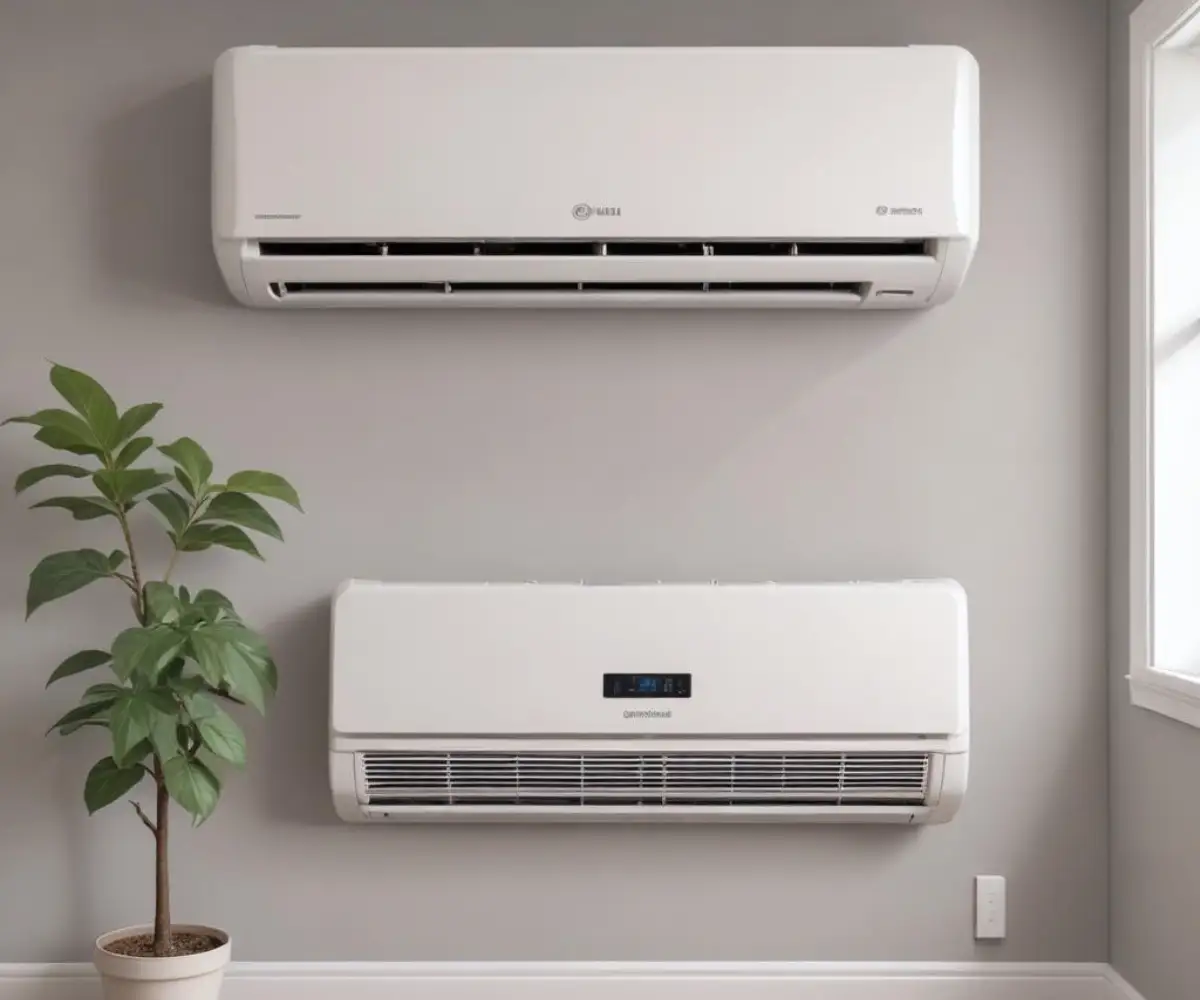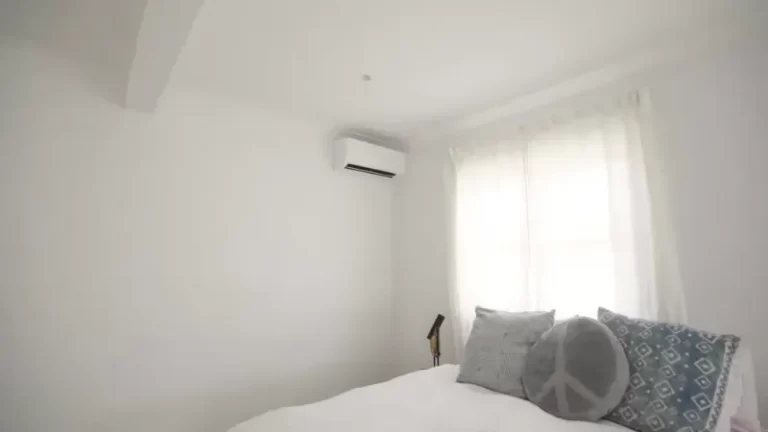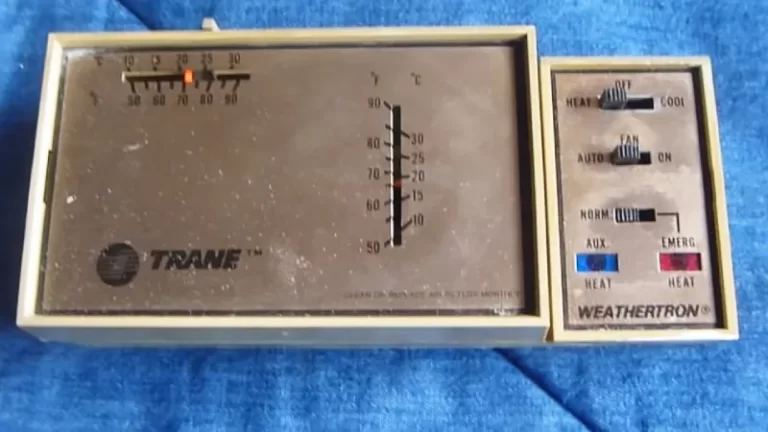Pioneer vs Senville: The Brutally Honest Review Before You Buy
You’re staring at two browser tabs, feeling the familiar analysis paralysis creeping in. On one screen, there’s a Pioneer mini-split, promising straightforward cooling at a hard-to-beat price. On the other, a Senville unit, boasting higher efficiency and more features for a bit more money. You know a ductless mini-split is the right move for your home’s comfort and your wallet, but choosing the wrong brand feels like a costly, long-term mistake.
This isn’t just about buying an appliance; it’s about investing in your home’s comfort for the next decade. The core problem is that both Pioneer and Senville dominate the affordable, DIY-friendly market, yet they seem remarkably similar. Digging through forums reveals a mix of glowing reviews and frustrating complaints for both, leaving you more confused than when you started. You’re caught between the fear of overpaying for features you don’t need and the risk of buying a cheaper unit that fails when you need it most.
You'll Learn About
Understanding the Core Differences: More Than Just a Name
At first glance, Pioneer and Senville mini-splits can seem almost identical. In fact, many of their internal components are manufactured by the same parent companies in China, such as Midea and Gree. However, the brands themselves assemble these components into distinct packages with different features, warranties, and target audiences.
Pioneer has built a reputation as a go-to for budget-conscious homeowners and DIY enthusiasts. They focus on providing reliable, no-frills heating and cooling solutions. Their systems are often seen as workhorses—less about fancy tech and more about getting the fundamental job done at a very competitive price point.
Senville, on the other hand, positions itself as a provider of high-value systems. They often bundle more advanced features, higher efficiency ratings, and stronger warranties into their standard packages. Senville aims to bridge the gap between budget brands and the premium, installer-grade systems like Mitsubishi or Fujitsu.
The Ultimate Feature-by-Feature Showdown
To break the deadlock, we need to compare these two brands across the categories that matter most: efficiency, performance, price, installation, and long-term support. This is where the subtle but critical differences emerge.
Energy Efficiency (SEER/HSPF): Who Saves You More Money?
When it comes to your electricity bill, two acronyms are king: SEER (Seasonal Energy Efficiency Ratio) for cooling and HSPF (Heating Seasonal Performance Factor) for heating. A higher number for both means greater efficiency and lower operating costs.
Generally, Senville tends to have the edge in this category. For example, popular Senville series like the Aura often boast SEER ratings well above 20, with some models reaching up to 28. Pioneer’s popular WYS and WYT series are also efficient, typically ranging from 17 to 23 SEER, but Senville often offers slightly higher ratings for a comparable price. While a difference of a few SEER points might seem small, it can translate into significant savings over the life of the unit, especially if you live in a climate with extreme temperatures.
Performance and Temperature Range: Conquering Heat and Cold
A mini-split is useless if it can’t handle your climate’s worst days. Both brands offer models with impressive capabilities, but their performance in extreme cold—a feature known as low-ambient heating—is a key differentiator.
Senville, particularly with its Aura series, heavily markets its ability to heat effectively in temperatures as low as -22°F (-30°C). This makes it a strong contender for homeowners in colder northern regions. Some users report that while the units do work in frigid weather, they can struggle to maintain the set temperature in older, drafty homes without supplemental heat. Pioneer also offers “Hyper Heat” models (like the Diamante Ultra series) designed for low temperatures, often rated down to -13°F. However, their more budget-friendly lines may only be rated down to 5°F, which could be insufficient for harsh winters.
Price and Value: The Bottom Line on Your Budget
Upfront cost is where Pioneer often shines. A standard Pioneer unit is frequently less expensive than a comparable Senville model. For those on a tight budget needing to cool a garage, a new addition, or a single room, Pioneer presents an incredibly compelling entry point into the world of ductless comfort.
However, the conversation shifts when you consider long-term value. A slightly more expensive Senville unit with a higher SEER rating could pay for the price difference in energy savings over several years. Furthermore, Senville often includes features like built-in Wi-Fi, while Pioneer may require you to purchase a separate dongle for smart functionality. It’s crucial to weigh the initial savings against the lifetime operating cost and included features.

Installation: The DIY Dream vs. The Professional Necessity
Both brands are popular within the DIY community. However, it’s critical to understand that a “DIY-friendly” installation does not mean you can skip essential steps. To maintain your warranty and ensure safety, you must have a licensed HVAC technician perform the final connections, including vacuuming the refrigerant lines and releasing the charge. Many users have found that while they can do the physical mounting and wiring, this final step is non-negotiable for warranty purposes.
Some users feel that both brands’ included installation kits, particularly the copper line sets, can be of lower quality, and some professionals recommend using higher-grade materials. When planning your project, ensuring the outdoor unit is on a stable, well-drained pad is essential for its longevity. Just as you wouldn’t want rain on an unfinished roof to compromise your home’s structure, you must protect your HVAC investment from the elements and ensure it has a solid foundation.
Warranty and Customer Support: Who Has Your Back?
A warranty is only as good as the company that stands behind it. Both Pioneer and Senville offer warranties, but the terms and user experiences differ. Pioneer typically offers a 5-year compressor and parts warranty if you register the product within 90 days; otherwise, it’s a basic 1-year warranty. Some users have reported that while Pioneer honors their warranty, customer service can be slow to respond.
Senville often provides a more robust warranty, with some models carrying a 7-year compressor and 2-year parts warranty. User experiences with customer support for both brands are mixed and seem to be a common pain point for online-purchased HVAC systems. It is crucial to register your product immediately after installation and keep detailed records of your purchase and professional hook-up.
Real User Verdicts: What Do Homeowners *Actually* Say?
Scouring forums like Reddit provides a treasure trove of unfiltered, real-world feedback. A common theme is that many of these budget-friendly units are essentially “disposable” compared to high-end brands; if a major component fails after the warranty period, it’s often more cost-effective to replace the entire unit than to repair it.
Pioneer Praise: Many users are satisfied with their Pioneer units, calling them reliable workhorses that deliver excellent cooling and heating for the price. They are often praised for their straightforward operation and value.
Pioneer Problems: Common complaints revolve around slower customer service and units that can be louder than expected. Some have experienced issues with faulty control boards or thermostat sensors.
Senville Praise: Senville is frequently recommended for its superior heating performance in cold climates and higher efficiency ratings. Users appreciate the value, often citing the included features and stronger warranty as deciding factors.
Senville Problems: Some users have reported issues with water leakage due to clogged drain lines, temperature regulation problems, and buggy Wi-Fi apps. Like Pioneer, getting timely and effective customer support can sometimes be a challenge.
| Feature | Pioneer (Typical Mid-Range) | Senville (Typical Mid-Range) |
|---|---|---|
| SEER Rating | 17 – 23 | 21 – 28+ |
| Low-Temp Heating | Good (often down to 5°F or -13°F on select models) | Excellent (often down to -22°F on Aura series) |
| Upfront Price | Generally Lower | Generally Higher |
| Standard Warranty | 1-Year Parts / 5-Year Compressor (with registration) | 2-Year Parts / 5 to 7-Year Compressor |
| Common Praise | Excellent value, reliable basic performance | High efficiency, great cold-weather heating |
| Common Complaints | Slow customer service, can be noisy | Buggy app, occasional sensor issues |
The Final Decision: How to Choose the Right Unit for *Your* Home
The choice between Pioneer and Senville ultimately comes down to your specific priorities: budget, climate, and desire for features. There is no single “best” brand, only the best brand for your situation.
Choose Pioneer If…
You are on the tightest budget and prioritize upfront cost above all else. If you need a simple, effective unit for a workshop, garage, or a mild-climate guest room and are comfortable with a more basic feature set, Pioneer offers unbeatable value. The money you save upfront can be your “self-warranty” for any potential future issues.
Choose Senville If…
You live in a climate with cold winters and want better long-term efficiency. If you are willing to invest a bit more for lower energy bills, a stronger warranty, and superior low-temperature heating performance, Senville is the clear choice. It’s the better option for a primary living space where year-round comfort and efficiency are paramount. The right equipment is crucial for specific spaces; you wouldn’t install carpet in a bathroom rental due to moisture issues, and similarly, you shouldn’t install a budget heat pump in a climate that demands high performance.
Ultimately, preparing your home correctly is as important as the unit you choose. Tackling underlying issues first, much like learning how to apply Kilz to a subfloor to block stains and odors before putting down new flooring, ensures your new mini-split can perform its job effectively for years to come.
Both Pioneer and Senville offer compelling products that have made ductless heating and cooling accessible to more homeowners than ever before. By carefully evaluating your climate, budget, and performance needs, you can move past the confusion and make a confident choice that will keep you comfortable for years.


